Refine listing
Actions for selected content:
2248 results in Cambridge Elements
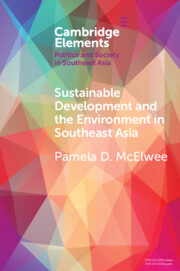
Sustainable Development and the Environment in Southeast Asia
-
- Published online:
- 25 August 2025
- Print publication:
- 25 September 2025
-
- Element
- Export citation
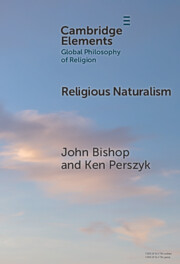
Religious Naturalism
-
- Published online:
- 25 August 2025
- Print publication:
- 25 September 2025
-
- Element
- Export citation
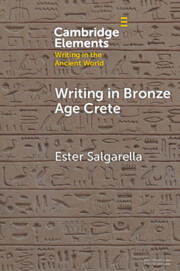
Writing in Bronze Age Crete
- ‘Minoan' Linear A
-
- Published online:
- 21 August 2025
- Print publication:
- 18 September 2025
-
- Element
- Export citation
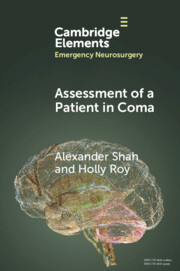
Assessment of a Patient in Coma
-
- Published online:
- 21 August 2025
- Print publication:
- 18 September 2025
-
- Element
- Export citation
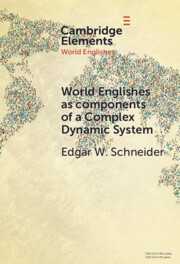
World Englishes as Components of a Complex Dynamic System
-
- Published online:
- 18 August 2025
- Print publication:
- 04 September 2025
-
- Element
- Export citation
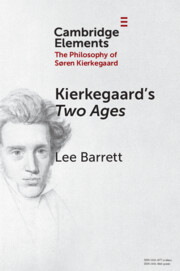
Kierkegaard's Two Ages
- A Literary Review
-
- Published online:
- 18 August 2025
- Print publication:
- 18 September 2025
-
- Element
- Export citation
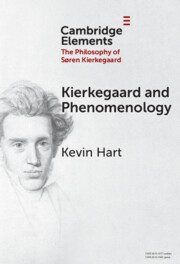
Kierkegaard and Phenomenology
-
- Published online:
- 16 August 2025
- Print publication:
- 11 September 2025
-
- Element
- Export citation

Voters' Perceptions of Party Brands
-
- Published online:
- 15 August 2025
- Print publication:
- 04 September 2025
-
- Element
- Export citation

Feminist Imagining in Polish and Ukrainian Theatres
-
- Published online:
- 14 August 2025
- Print publication:
- 11 September 2025
-
- Element
- Export citation
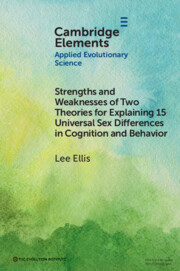
Strengths and Weaknesses of Two Theories for Explaining 15 Universal Sex Differences in Cognition and Behavior
-
- Published online:
- 14 August 2025
- Print publication:
- 11 September 2025
-
- Element
- Export citation

The Undulating Capacity of the State
- Autochthony and Infrastructure Development in African Cities
-
- Published online:
- 11 August 2025
- Print publication:
- 04 September 2025
-
- Element
- Export citation
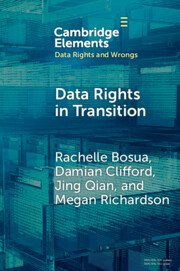
Data Rights in Transition
-
- Published online:
- 08 August 2025
- Print publication:
- 04 September 2025
-
- Element
- Export citation

The Imagination Pulse
- From Flickers to Firestorms in Reading
-
- Published online:
- 08 August 2025
- Print publication:
- 04 September 2025
-
- Element
- Export citation
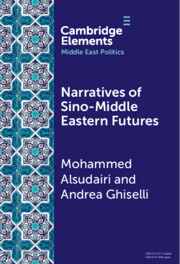
Narratives of Sino-Middle Eastern Futures
- In the Eye of the Beholder
-
- Published online:
- 08 August 2025
- Print publication:
- 21 August 2025
-
- Element
-
- You have access
- Open access
- HTML
- Export citation
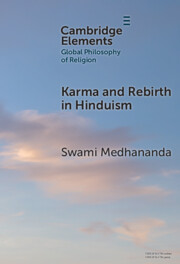
Karma and Rebirth in Hinduism
-
- Published online:
- 08 August 2025
- Print publication:
- 21 August 2025
-
- Element
- Export citation
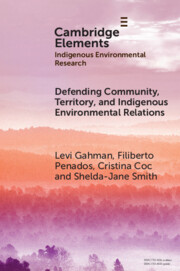
Defending Community, Territory, and Indigenous Environmental Relations
-
- Published online:
- 08 August 2025
- Print publication:
- 11 September 2025
-
- Element
-
- You have access
- Open access
- HTML
- Export citation

Human Cognitive Diversity
-
- Published online:
- 05 August 2025
- Print publication:
- 04 September 2025
-
- Element
- Export citation

How To Normatively Transform Food Systems
- Propositions of a Holistic Framework of Politics
-
- Published online:
- 05 August 2025
- Print publication:
- 11 September 2025
-
- Element
- Export citation
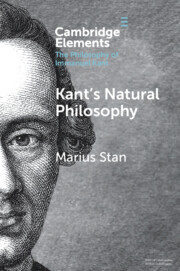
Kant’s Natural Philosophy
-
- Published online:
- 04 August 2025
- Print publication:
- 21 August 2025
-
- Element
- Export citation

God and Technology
-
- Published online:
- 04 August 2025
- Print publication:
- 21 August 2025
-
- Element
- Export citation
